

Shandong Magnesium Stearate (MS)
Liujia pharmaceutical excipients are Shandong dextrin and high water soluble dextrin manufacturers. They are mainly engaged in thickening agents, microcrystalline cellulose, corn starch, magnesium stearate, adhesive diluent, dextrin, sodium carboxymethyl starch, capsule filler, pharmaceutical dextrin, pharmaceutical sucrose, pharmaceutical excipients, sucrose, pregelatinized starch, etc.
Classification:
Tel:
E-mail:
Key words:
Magnesium stearate
Product Details
Magnesium stearate is actually a salt primarily composed of stearic acid and palmitic acid, containing small amounts of other fatty acids and some free stearic acid. Pharmacopoeia requires that the stearic acid content is at least 40%, and the total of stearic acid and palmitic acid is at least 90%, with the stearic acid content often ranging from 40% to 80%. The level of free stearic acid is typically less than 3%, but can be as low as 0.5%.
Magnesium stearate exists in several different forms, amorphous and crystalline hydrates formed after absorbing moisture. There are three hydrates of magnesium stearate: monohydrate, dihydrate, and trihydrate. Most commercially available magnesium stearate is a mixture of amorphous and crystalline hydrates. The variability in this combination makes it difficult to determine which component is necessary for magnesium stearate to function as a lubricant; the combination itself may be the most important factor. Due to variations in chemical composition, control of material sources and process variables is necessary during preparation to ensure the consistency of magnesium stearate.
The uncertain chemical composition of magnesium stearate leads to different physical properties, thus affecting its lubricating function. This includes particle size, particle morphology, moisture content, density, and specific surface area.
The average particle size of magnesium stearate on the market is 5 to 10 micrometers, but can be as low as 1 micrometer or as high as 20 micrometers. Generally, the smaller the particle size of the material, the lower its bulk density. Therefore, monitoring the batch-to-batch variation in bulk density of magnesium stearate is a cost-effective way to monitor changes in particle size.
Magnesium Stearate (MS)
Luyao Approval Number F2014068
CAS NO.:557-04-0
Packaging Specifications:10 kg/bag
Quality Standard:CP2015 USP Current Edition
Main Uses:This product has lubricating, anti-sticking, and flow-aiding effects. In pharmaceutical preparations, it is mainly used as a lubricant, glidant, or anti-adhesive agent for tablets and capsules.
Magnesium stearate, with the chemical formula C36H70MgO4 and a molecular weight of 591.24, is an organic compound. It is a white, fine, non-gritty powder with a slippery feel when in contact with skin. It is insoluble in water, ethanol, or ether. Magnesium stearate is mainly used as a lubricant, anti-adhesive agent, and glidant. It is particularly suitable for granulation of oily and extract-based drugs, producing granules with good flowability and compressibility. It is used as a glidant in direct compression. Magnesium stearate can also be used as a filter aid, clarifying agent, and antifoaming agent, as well as a suspending agent and thickener in liquid preparations.
Magnesium Stearate Synthesis Methods
1. Preparation of Sodium Stearate: Dissolve 4.25 parts of sodium hydroxide in 50 parts of water and heat to 85℃. Add 25 parts of stearic acid to the reaction vessel, add 500 parts of water, and dissolve with stirring. Adjust the temperature to 85-90℃. Add the prepared sodium hydroxide solution slowly to the stearic acid solution with stirring, maintaining the temperature at 75-80℃. React with stirring until the end point. Keep the product sodium stearate solution warm for later use.
Preparation of Magnesium Stearate: Dissolve 15 parts of magnesium sulfate in 150 parts of water, heat to 55℃, and slowly add to the prepared sodium stearate solution. Carry out a metathesis reaction with stirring. The magnesium stearate produced precipitates as a solid. After the reaction is complete, allow to stand to separate the clear liquid, then wash with water, centrifuge to dehydrate, and dry at 80-85℃ to obtain the finished product.
2. Neutralize 46.6g of stearic acid with 164mL of 1mol/L sodium hydroxide solution to obtain 50g of sodium stearate in 2L of water. Heat the obtained sodium stearate solution to 80℃ and add dropwise a solution prepared by dissolving 20g of magnesium chloride in 100mL of water, stirring continuously. A white precipitate will quickly precipitate. After cooling, filter, wash with water until no chloride ions are present, and finally wash with ethanol. Place 10g of the product in a vacuum desiccator containing concentrated sulfuric acid for 4 weeks to obtain the product Mg(C18H35O2)2·2H2O. Dissolve the remaining product in benzene and reflux for 20min. Pour out the upper yellow liquid layer while hot and evaporate to dryness. The solid obtained can be recrystallized from benzene to obtain the product Mg(C18H35O2)2.
|
Main Indicators |
Cp2015 |
USP |
|
Magnesium content, % |
4.0-5.0 |
4.0-5.0 |
|
Sulfate, % |
≤0.6 |
≤1.0 |
|
Loss on drying, % |
≤5.0 |
≤6.0 |
|
Iron salts, % |
≤0.01 |
≤0.01 |
|
Heavy metals, % |
≤0.0015 |
≤0.0015 |
|
Magnesium stearate content, % |
≥40 |
≥40 |
|
Stearic acid and palmitic acid content, % |
≥90 |
≥90 |
Factory Appearance
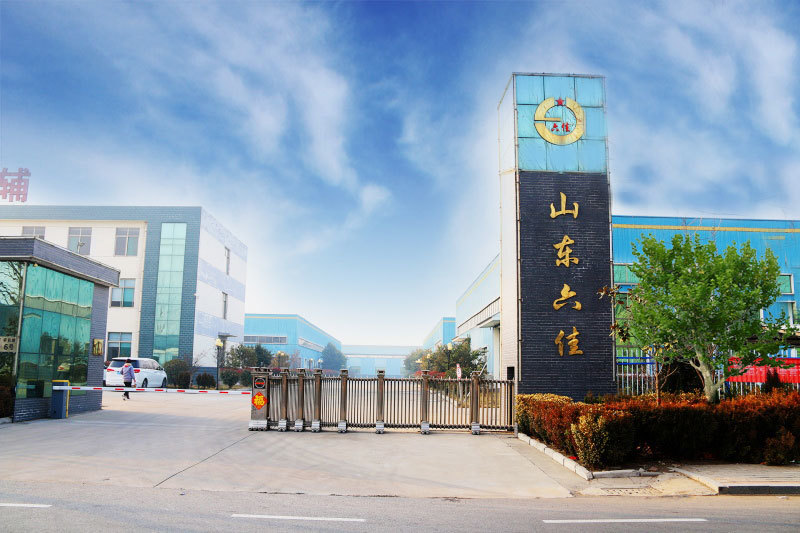
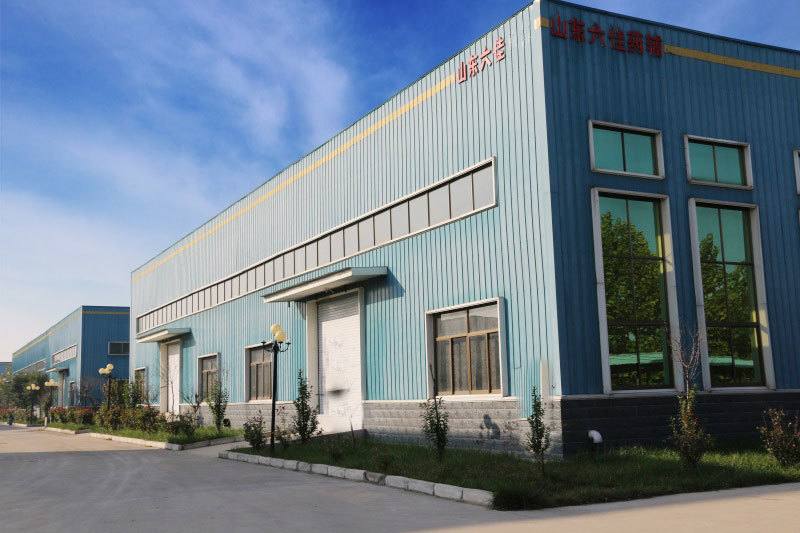
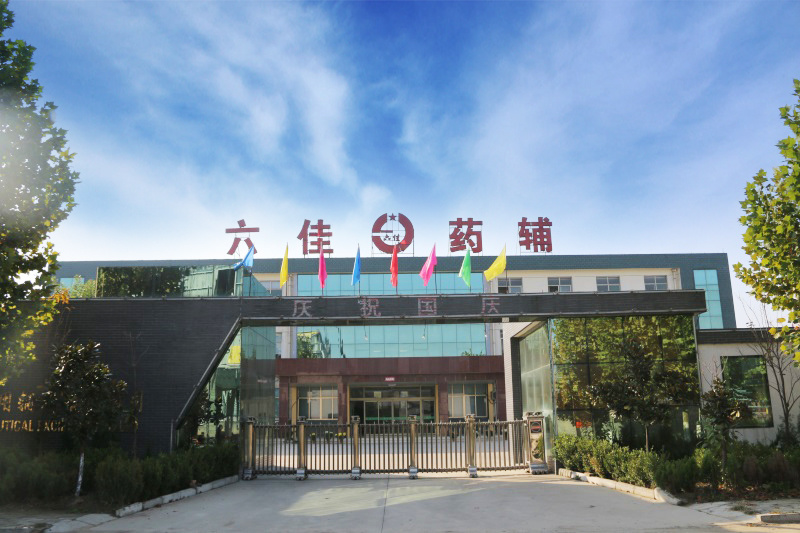
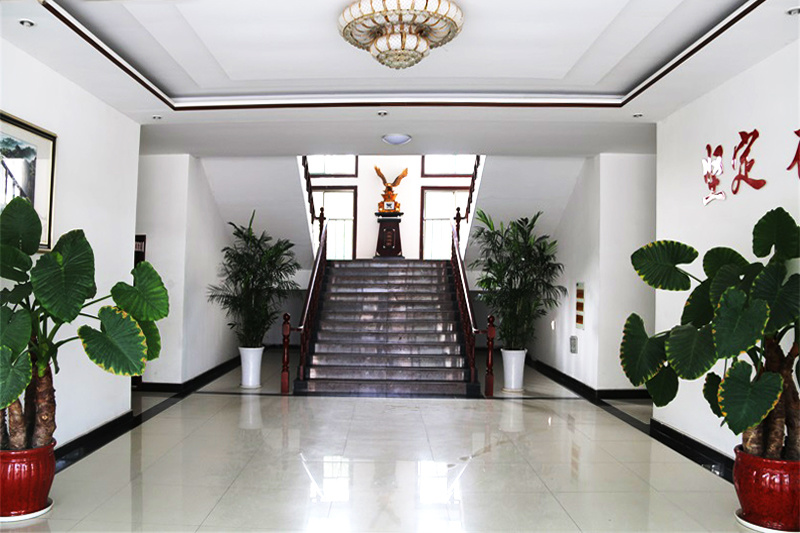

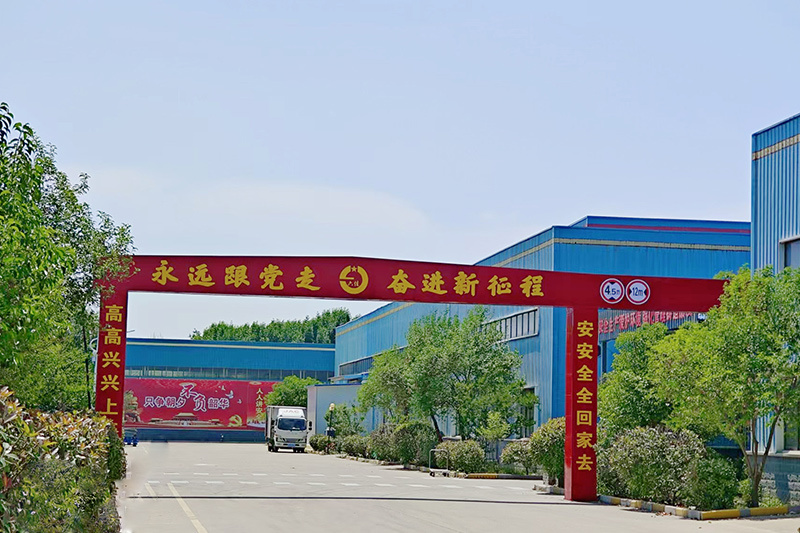
Packaging Delivery
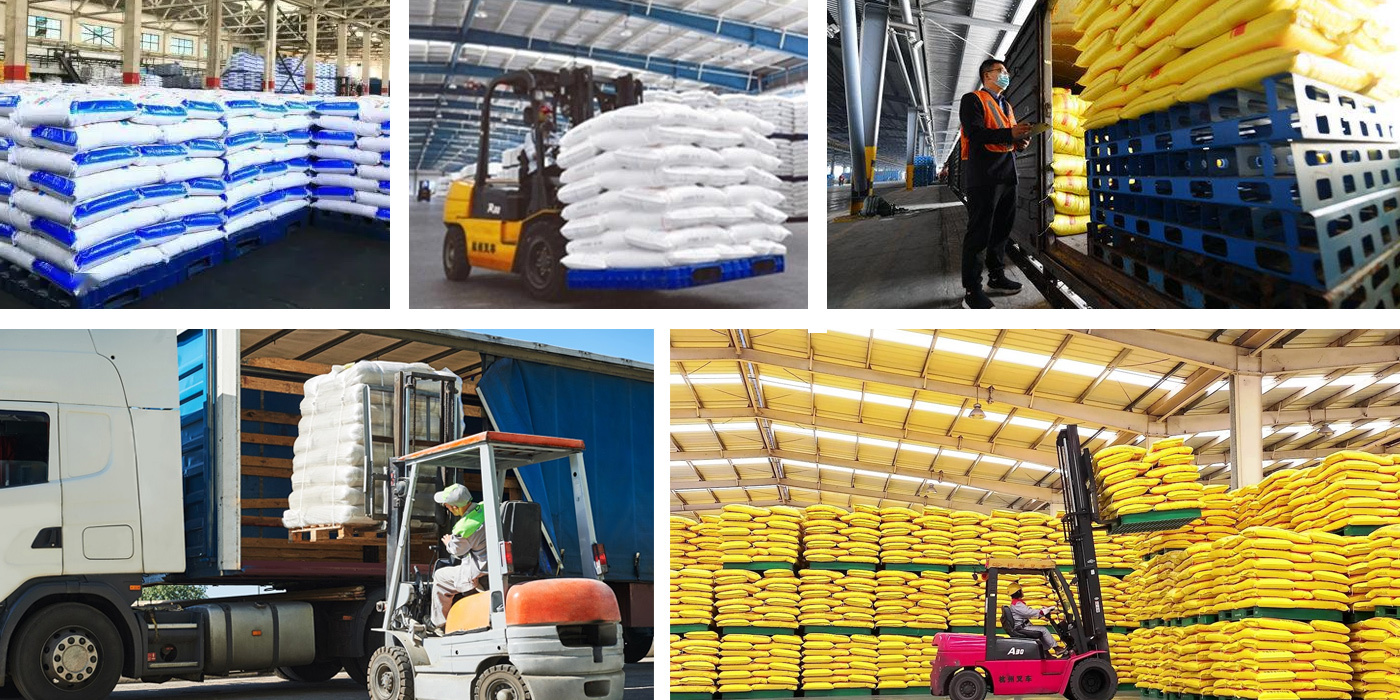
Our Advantage
Product quality
Product quality in the same industry outstanding, won the majority of users.
production capacity
Each type of product has a very rich product inventory, can provide product supply at any time.
Strict product testing
It has complete inspection facilities to ensure the production of high quality products.
After-sales service
We have a perfect service system, can provide you with strong support.
Related Products
©2025 Shandong Liujia Pharmaceutical Excipients Co., Ltd
| SEO| Website construction:CEGLOBAL Business License Privacy Policy





